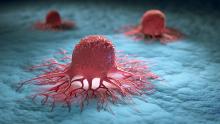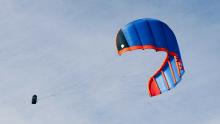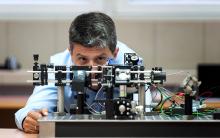
Across the EU, women account for just 13 % of the information science technology and digital workforce. In a bid to improve the gender balance, EU project EQUAL-IST has developed tools to boost female inclusion in university research careers across the sector.









